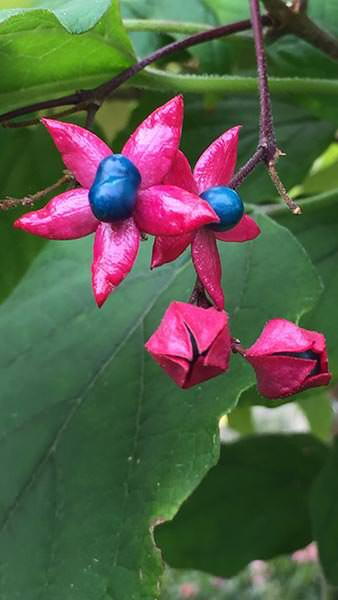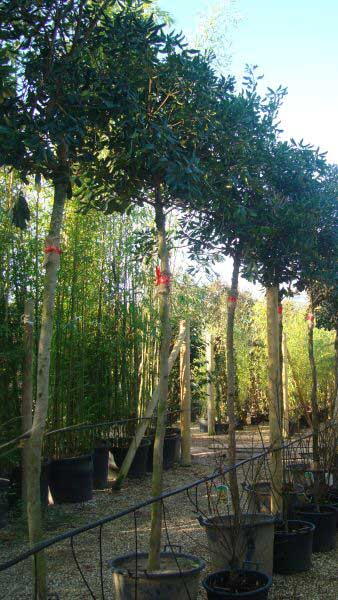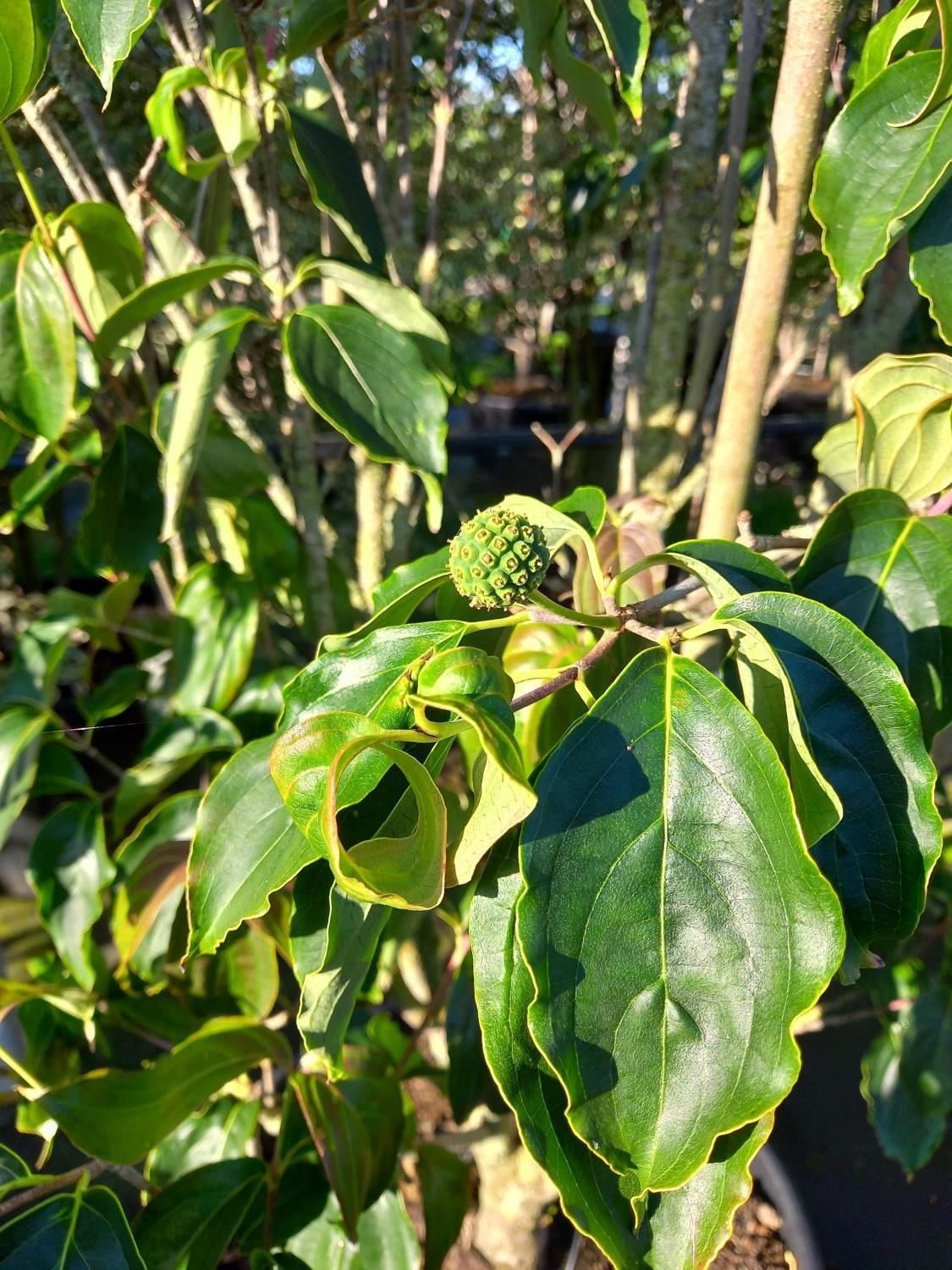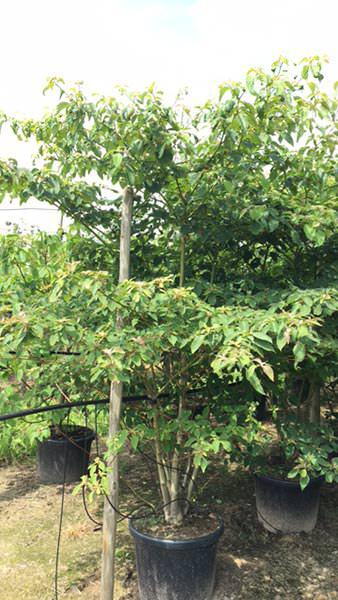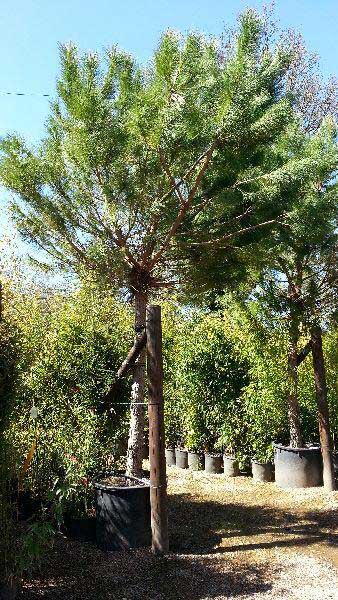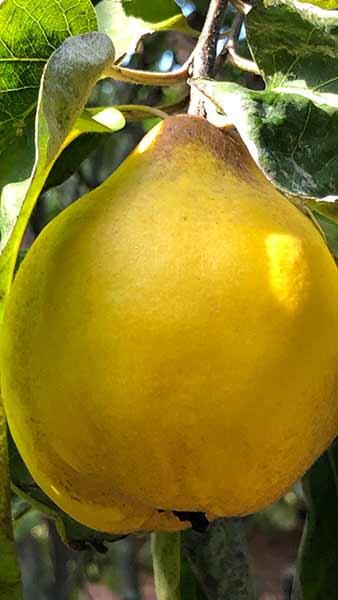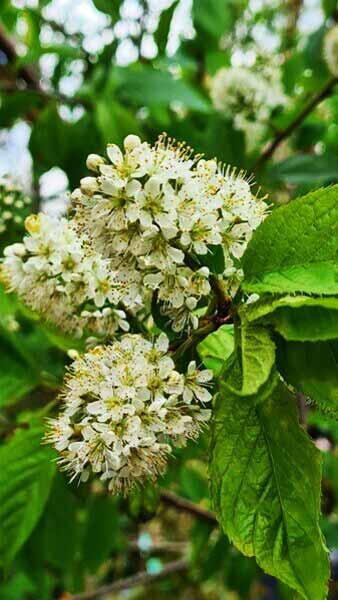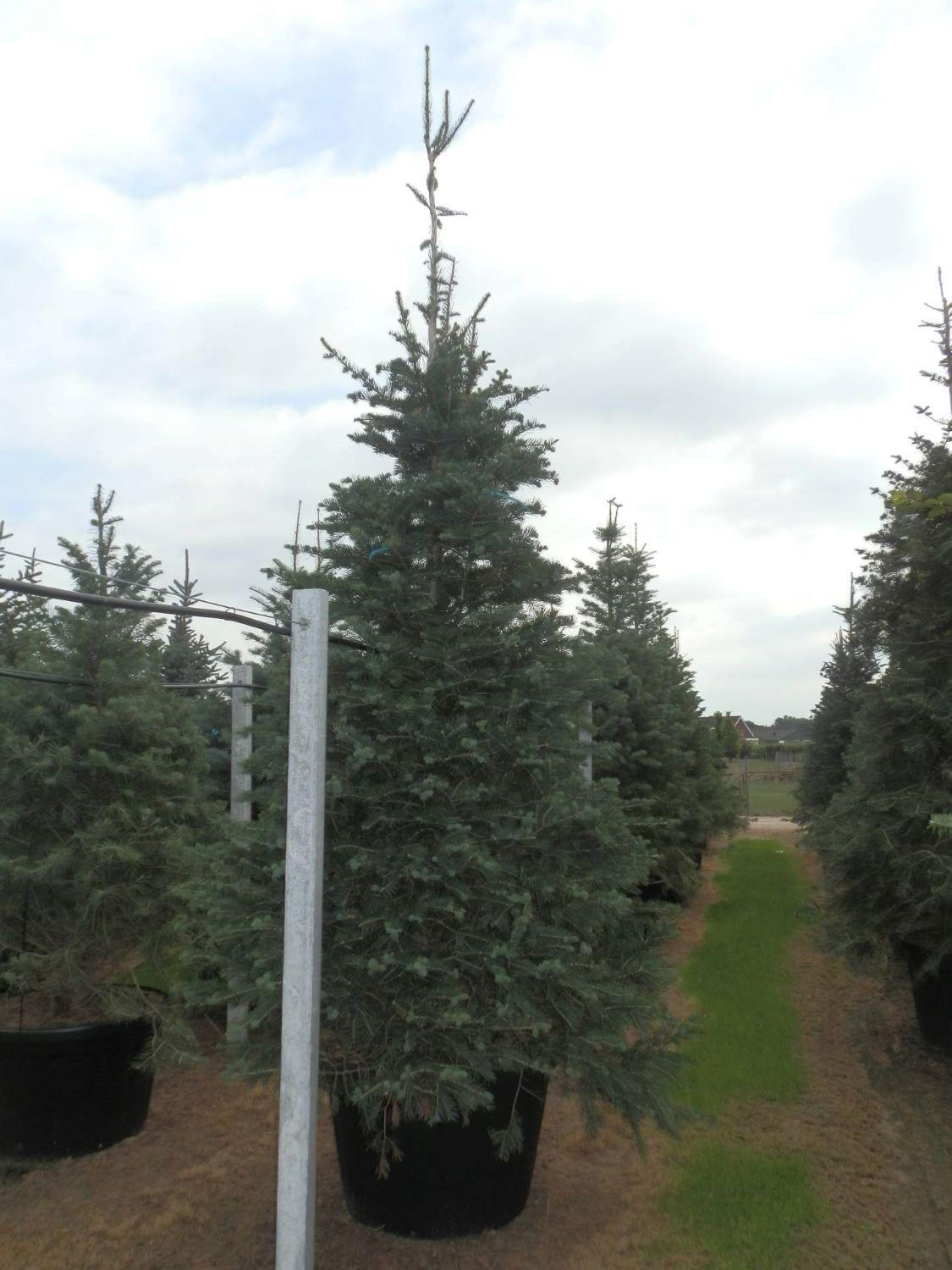Prunus Maackii Amber Beauty Manchurian Cherry Amber Beauty
Prunus Maackii Amber Beauty or Manchurian Cherry Amber BeautyA new variety of Manchurian Cherry, Amber Beauty get its name from its lovely amber-coloured bark. A medium-sized deciduous tree with good autumn foliage and profusion of spring flowers, Prunus Maackii Amber Beauty is a highly-decorative tree that is best suited as a focus of interest in the garden. These specimens are shaped as full standard trees on a long clear stem. The most recognizable trait of Manchurian Cherry Amber Beauty is, without a doubt, its glossy, golden-brown bark. Once the tree is mature, the bark will start peeling, which only enhances its appeal. The foliage unfolds early in the spring, comprised of small, oval, finely serrated leaves. Dark green leaves turn to vibrant yellow in the autumn and beautifully complement the golden bark. In April, clusters of fluffy, white blossoms, borne in pendulous racemes, adorn the tree’s crown. The fruit that follows the flowers is small, black and similar to cherries. Even though it is not edible for humans, it is a favourite with birds.Easy to grow and to care for, Manchurian Cherry Amber Beauty thrives in any soil, but prefers moist, well-drained, fertile soils. It will not perform well in waterlogged soils. When it comes to choosing a spot in the garden to plant this tree, pick a location that it is in full sun to dappled shade, either sheltered or exposed. Rarely affected by any serious pests or diseases.Belonging to species that is native to Manchuria, Korea, and Siberia, Prunus Maackii Amber Beauty can survive in the severest European climates, and it is not bothered by temperatures lower than 20 degrees below zero. Fully hardy in the United Kingdom.The bushy, conical habit of this lovely tree is easy to maintain. To prevent bacterial or fungus plant diseases, simply remove any dead or damaged growth from the cultivar. Maximum size Manchurian Cherry Amber Beauty can achieve is between 8 to 12 metres in height and 4 to 8 metres in width.Offering multiple seasons of interest, Prunus Maackii Amber Beauty is an ideal candidate for a specimen tree. Its cinnamon-coloured, peeling bark will attract attention throughout the year, and in the spring, clusters of fragranced blossoms create a charming display in the landscape. This cultivar works well in mixed shrub borders, too, especially when paired with evergreen shrubs.Make sure to take a look at our selection of deciduous trees and fruiting trees. For more flowering cherry varieties, check out cultivars such as the rare Prunus Mume, pale pink Prunus Accolade Pink Cherry or Prunus Subhirtella Autumnalis Rosea.
